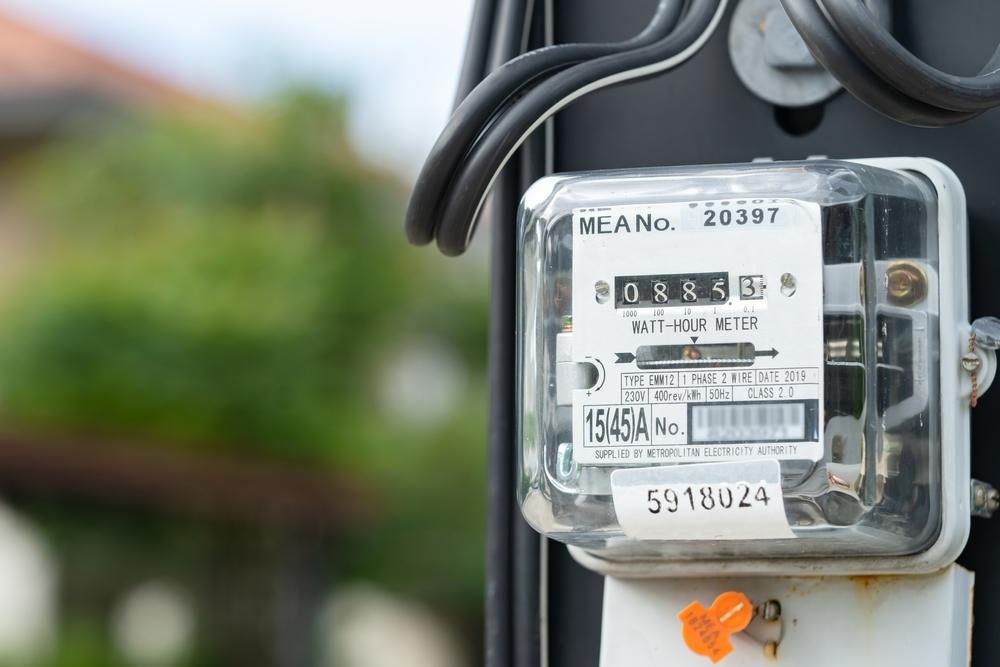Lung cancer remains a formidable health challenge in the United States, being the leading cause of cancer-related deaths. Despite advances in medical science, early detection and effective treatment remain key to improving patient prognoses. Understanding recent developments in patient care and innovative treatments can be pivotal for those affected.
Understanding Lung Cancer
Lung cancer originates in the tissues of the lungs, primarily the lining of the air passages. There are two main types, each with distinct characteristics: non-small cell lung cancer (NSCLC) and small cell lung cancer (SCLC). NSCLC is more common and generally has a more favorable prognosis.
According to research reported in Toward Improved Outcomes for Patients With Lung Cancer, early and accurate diagnosis coupled with targeted therapies are essential for enhancing patient outcomes. Though early-stage lung cancer is often asymptomatic, risks such as smoking and exposure to radon require vigilant monitoring.
Current Treatments and Innovations
The treatment landscape for lung cancer is advancing rapidly, with new therapies offering hope. Traditional treatments include surgery, radiation therapy, and chemotherapy. However, FDA-approved targeted therapies and immunotherapies are proving to be game-changers in the battle against lung cancer.
Recent studies like those discussed in articles such as New Lung Cancer Treatments Aim to Reduce Deaths have shown that targeted therapies, which home in on specific genetic mutations, can halt cancer progression more effectively than standard treatments. Immunotherapies that harness the body's immune system to attack cancer cells are also showing promising results.
Importance of Patient Engagement
Empowering patients through education and active engagement in their care can significantly influence their treatment experiences and outcomes. Engagement tools and personalized care plans can bridge the gap between patients and healthcare providers, enhancing communication and adherence to treatment protocols.
The research titled Identifying and exploring patient engagement interventions highlights the role of digital platforms in promoting patient involvement. Such platforms allow for tracking symptoms, understanding treatment options, and making informed medical decisions.
Lung Cancer Prevention and Early Detection
Prevention and early detection remain cornerstones of reducing lung cancer mortality. Smoking cessation is the single most effective way to prevent lung cancer, while advances in imaging technologies like low-dose CT scanning facilitate early detection.
Healthy lifestyle choices and regular screenings are paramount, particularly for high-risk groups. The Lung Cancer Care and Prevention guide from the Whole Health Library recommends a multi-faceted approach combining lifestyle interventions with medical surveillance.
Promising Outcomes: Statistics
Considering the various treatment and prevention strategies available, here is a summary table illustrating different treatment options and average costs in the US:
| Treatment Option | Average Cost Range | Locations Available |
|---|---|---|
| Chemotherapy | $10,000 - $200,000 | Nationwide |
| Radiation Therapy | $2,000 - $25,000 | Major Hospitals |
| Surgery | $15,000 - $50,000 | Specialized Centers |
| Targeted Therapy | $100,000 - $200,000 | Select Facilities |
| Immunotherapy | $30,000 - $100,000 | Cancer Centers |
Conclusion
Promoting positive outcomes for lung cancer patients is a shared mission involving medical advancements, patient education, and comprehensive care strategies. By leveraging Improving Patient Understanding and Outcomes, we can empower patients to better navigate their health journeys, ultimately enhancing quality of life and survival rates. As research continues to evolve, embracing these insights and innovations will be crucial for the future of lung cancer treatment and care.




